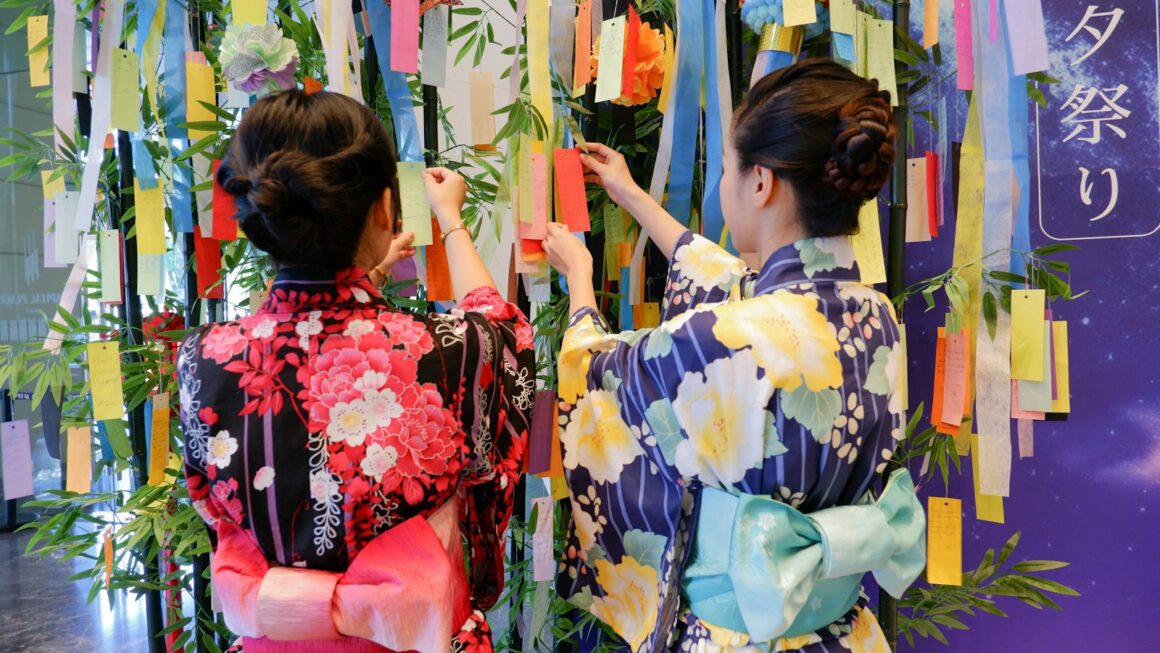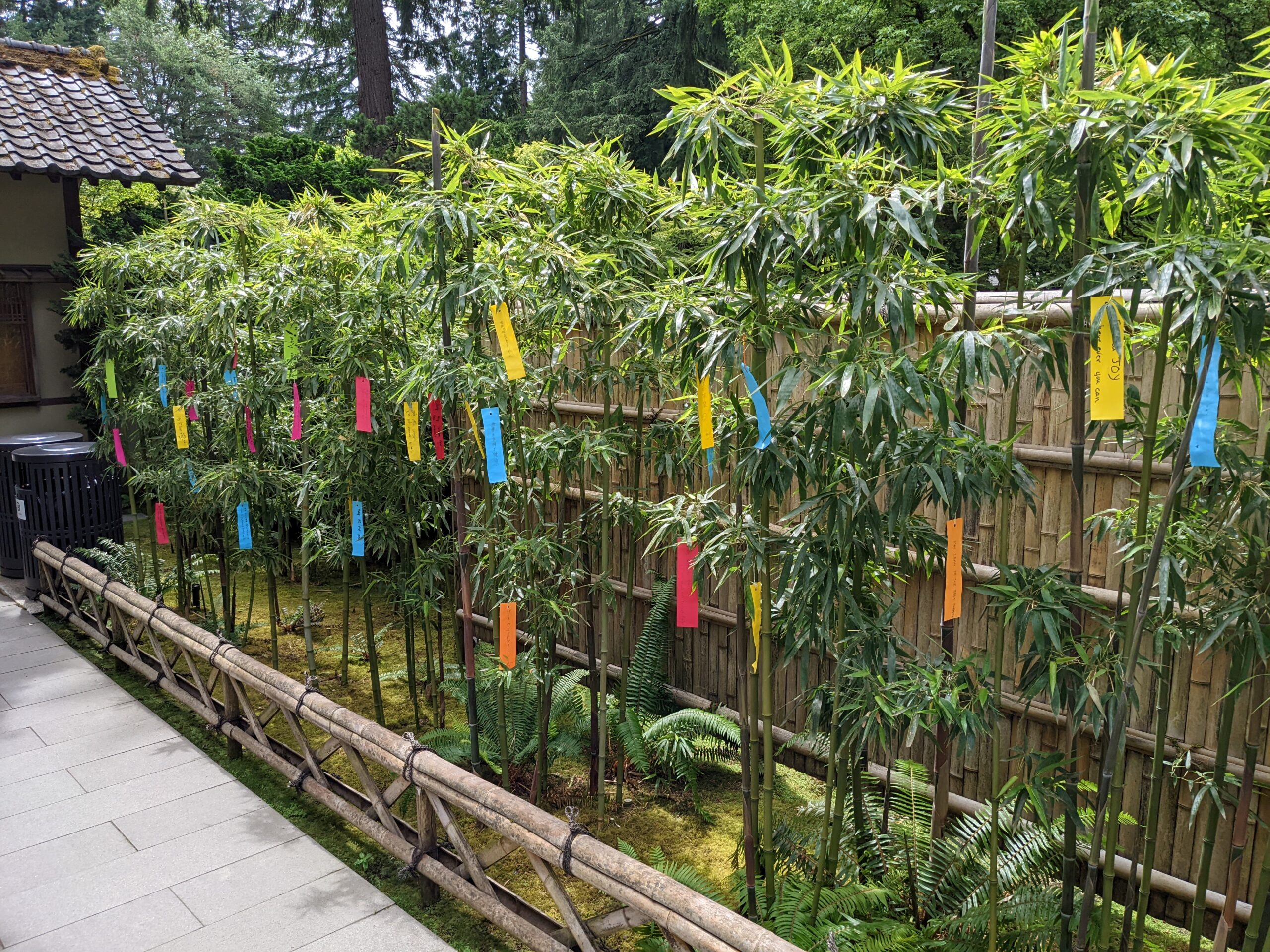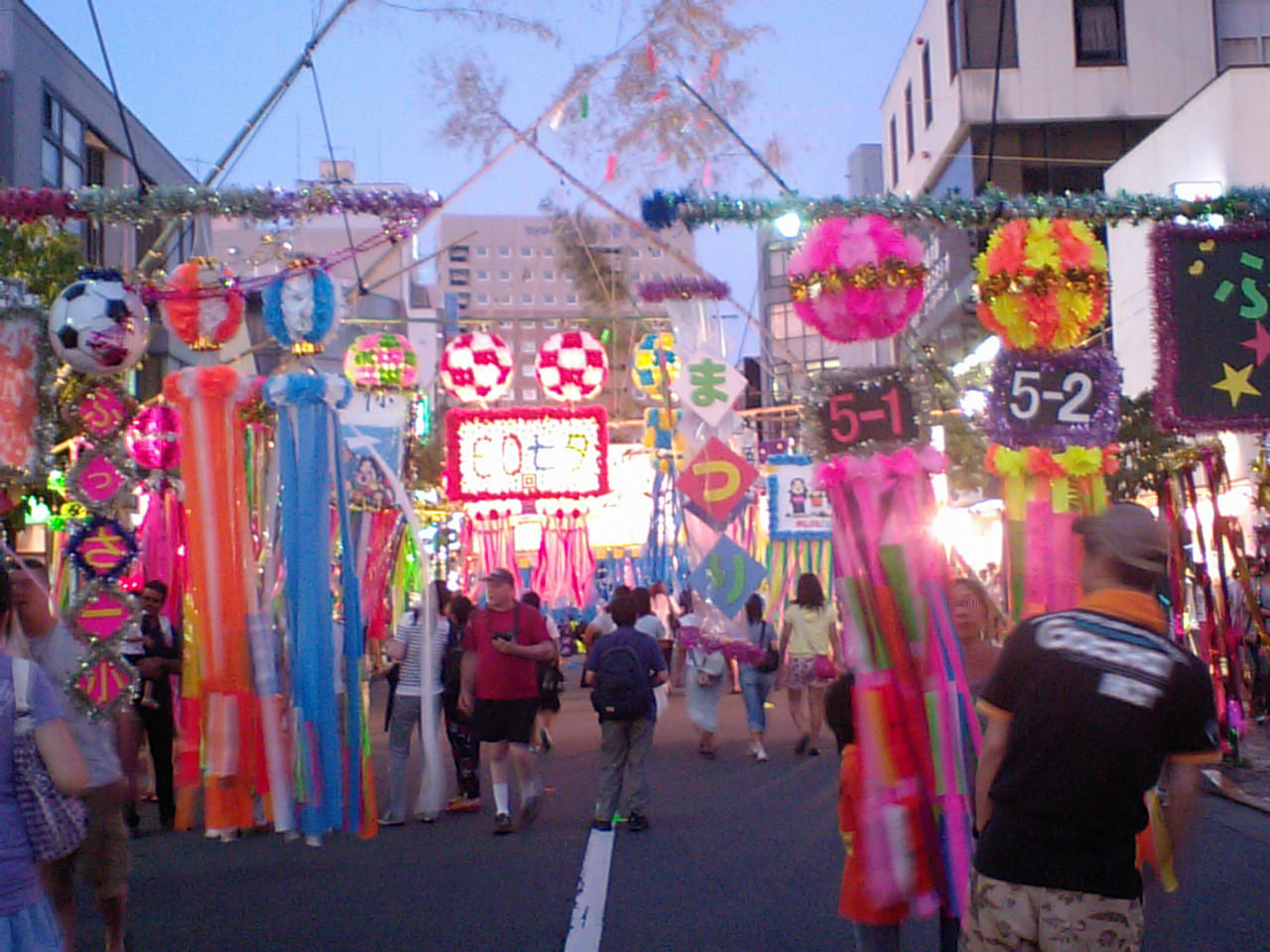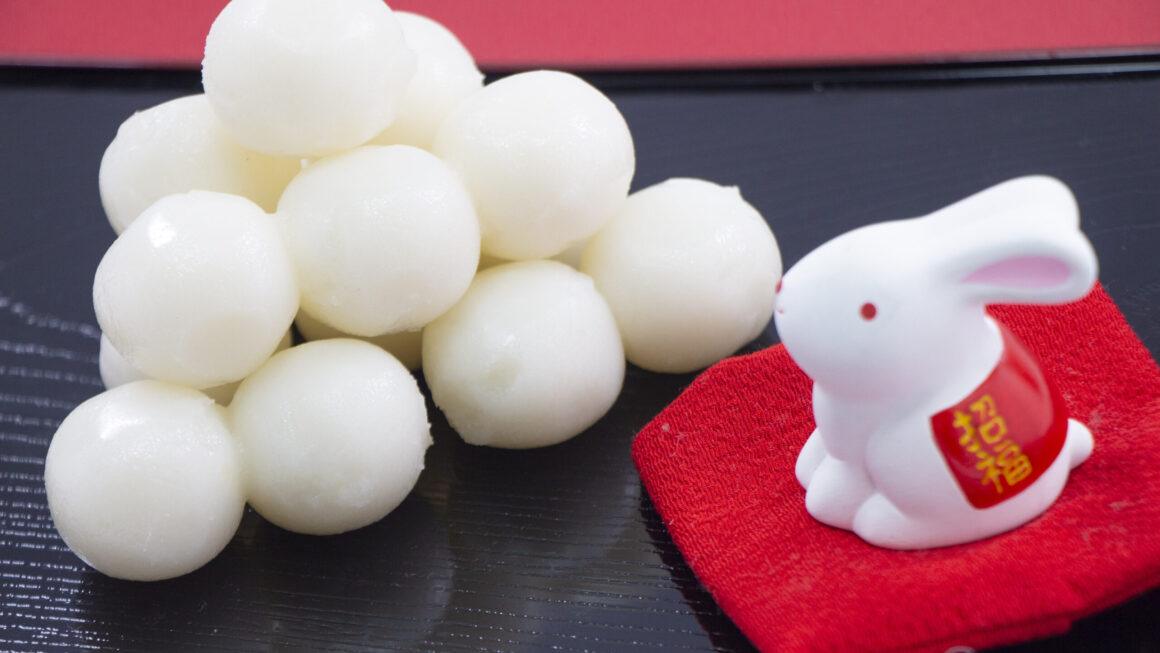As a parent living abroad, immersing your children in the local culture can be both a rewarding and enriching experience. One of the most enchanting festivals in Japan is Tanabata, also known as the Star Festival. Celebrated on the 7th of July, this vibrant event is rooted in a beautiful legend and offers a unique opportunity for cultural engagement and learning. Tanabata marks the annual meeting of the deities Orihime and Hikoboshi, symbolizing hope, love, and dedication. Understanding and participating in this festival allows your children to connect deeply with their new environment.
In the weeks leading up to Tanabata, you will notice colorful decorations appearing in public spaces, schools, and homes, signaling the festival’s approach. From beautifully decorated bamboo branches to festive paper lanterns, the vibrant displays create an atmosphere of joy and anticipation. Stores stock up on Tanabata-themed items, and community boards announce various events and activities. Engaging in Tanabata not only enriches your children’s cultural experience but also provides them with memorable moments that contribute to their overall development and sense of belonging.
Why Tanabata is Important for Your Kids
- Cultural Integration: Participating in local traditions helps children feel a sense of belonging and acceptance within their new community. It fosters cultural sensitivity and appreciation, which are invaluable in a globalized world.
- Educational Experience: Tanabata is based on the romantic folklore of the star-crossed lovers, Orihime (the weaver star) and Hikoboshi (the cowherd star). Understanding this story not only enhances children’s knowledge of Japanese culture but also introduces them to astronomy and mythology.
- Social Interaction: Festivals are communal events. They offer a great chance for your children to interact with their peers, make new friends, and practice their language skills in a natural setting.
- Creativity and Expression: Tanabata encourages artistic expression. Children can engage in crafts, write their wishes on colorful strips of paper (tanzaku), and decorate bamboo branches. This fosters creativity and allows them to express their hopes and dreams.
The Legend Behind Tanabata
The story of Tanabata originates from a Chinese legend and is deeply cherished in Japan. According to the tale, Orihime, the daughter of the Sky King (Tentei), was a talented weaver who made beautiful clothes by the bank of the Milky Way (Amanogawa). Her father loved her weaving and she worked diligently to please him. However, Orihime was lonely and wanted to fall in love.
Tentei arranged for her to meet Hikoboshi, a cowherd who lived on the other side of the Milky Way. The two fell in love instantly and married soon after. But once married, Orihime stopped weaving and Hikoboshi neglected his cows, causing havoc in the heavens. Angered by their negligence, Tentei separated the lovers, placing them on opposite sides of the Milky Way.
Moved by his daughter’s tears, Tentei allowed the couple to meet once a year, on the 7th day of the 7th month. On this day, a bridge of magpies forms across the Milky Way, allowing the lovers to reunite. The Tanabata festival celebrates this annual reunion, symbolizing hope, love, and dedication.
What to Expect and How to Participate
Writing Wishes
A central activity of Tanabata is writing wishes on tanzaku, colorful strips of paper, and tying them to bamboo branches. Schools, community centers, and even shopping malls often provide tanzaku and bamboo for public use. Encourage your children to write their wishes, whether in their native language or in Japanese. This practice symbolizes hope and aspiration, resonating with the festival’s theme of dreams and reunion.
Crafting and Decorations
Tanabata decorations are vibrant and varied, each with its own significance. Here are some traditional decorations and how to make them:
- Tanzaku (短冊): Strips of colorful paper where people write their wishes. These are then tied to bamboo branches. You can make tanzaku at home using construction paper and string. Encourage your kids to write their wishes or draw pictures.
- Fukinagashi (吹き流し): Streamers that represent the threads Orihime wove. These are made from strips of paper or cloth and are hung from bamboo. To make fukinagashi, cut long strips of paper and attach them to a circular base (a paper plate works well), then hang them on bamboo.
- Origami Cranes (折り鶴): Symbolizing long life and good fortune, origami cranes are a popular decoration. You can find many tutorials online for folding cranes. Use colorful origami paper and string them together to hang on bamboo branches.
- Paper Lanterns (提灯): Representing light and guiding the spirits, paper lanterns add a festive touch. To make a simple lantern, fold a piece of construction paper in half lengthwise, cut slits along the fold, unfold, and then roll it into a cylinder. Secure the ends with tape and add a handle.
- Kinchaku (巾着): Small decorative bags symbolizing prosperity and good luck. These can be made from fabric scraps. Sew simple pouches and fill them with small treats or wishes.
Buying Decorations
If you prefer to buy decorations rather than make them, there are plenty of options available:
- Daiso: This popular 100-yen shop offers a wide variety of Tanabata decorations, including tanzaku, paper lanterns, and other festive items.
- Tokyu Hands: A Japanese department store known for its extensive selection of craft supplies and decorations. They often have seasonal items for Tanabata.
- Loft: Another department store that carries a range of stationery and decorations suitable for Tanabata.
- Amazon Japan: If you prefer online shopping, Amazon Japan has a plethora of Tanabata decorations and kits that can be delivered to your door.
Decorating Your Home
To create a festive atmosphere at home, consider the following tips:
- Set Up a Bamboo Branch: The centerpiece of Tanabata decorations is a bamboo branch. You can buy a small potted bamboo plant or use an artificial one. Decorate it with tanzaku, fukinagashi, origami cranes, and other handmade ornaments.
- Create a Tanabata Corner: Dedicate a small area in your home for Tanabata decorations. This could be near a window or in the living room where the whole family can enjoy it.
- Light Up with Lanterns: Hang paper lanterns around your Tanabata corner or use LED lanterns to add a warm, festive glow.
- Display Wishes: Encourage each family member to write their wishes on tanzaku and hang them on the bamboo. This creates a personal and meaningful display.
Attending Festivals
Local Tanabata festivals often feature parades, food stalls, and various performances. Here are some notable events in the Tokyo and Yokohama areas:
- Asagaya Tanabata Matsuri (Tokyo): Held in early August, this festival features elaborate decorations and various entertainment options. The shopping street is adorned with massive paper mache figures and streamers. More details can be found here.
- Shonan Hiratsuka Tanabata Festival (Yokohama): One of the largest Tanabata celebrations, held in early July. The city is beautifully decorated, and the festival includes parades, live performances, and food stalls. Check out more information here.
- Fussa Tanabata Matsuri (Tokyo): Usually held in late August, this festival features traditional decorations, dance performances, and parades. It’s a great way to experience local culture. More details are available here.
School Activities
For parents whose children attend school, hoikuen (nursery school), or yochien (kindergarten) in Japan, Tanabata is often celebrated with various activities:
- Craft Sessions: Schools typically organize craft sessions where children make tanzaku, fukinagashi, and other decorations. These crafts are often displayed in classrooms or common areas.
- Storytelling: Teachers often tell the story of Orihime and Hikoboshi, sometimes using picture books or visual aids to engage the children. This helps them understand the significance of the festival.
- Tanabata Parties: Some schools hold small Tanabata parties where children can enjoy traditional games, songs, and snacks. Parents may be invited to participate or assist with preparations.
- Decorating Bamboo Branches: In many schools, children will decorate bamboo branches with their tanzaku and other handmade ornaments. These decorated branches are usually displayed prominently within the school.
- Cultural Lessons: Teachers might integrate lessons about the stars and the Milky Way, linking the festival’s story to astronomy. This adds an educational aspect to the celebrations.
By engaging in these school activities, children not only learn about Tanabata but also experience the joy of creating something meaningful and beautiful, fostering a deeper connection to their cultural surroundings.
Embrace the Joy of Tanabata
Embracing Tanabata offers foreign parents a precious opportunity to connect their children with the rich tapestry of Japanese culture. By participating in this festival, you not only foster a sense of community and belonging but also provide your children with a memorable and educational experience. The vibrant decorations, heartfelt wishes, and community festivities create a magical atmosphere that resonates deeply with the values of hope, love, and togetherness.
As you and your family engage in Tanabata activities, from crafting decorations to attending local festivals, you will find yourselves immersed in the beauty and traditions of Japanese culture. This involvement will help your children develop a broader perspective and appreciation for the world around them. So, dive into the magic of Tanabata, write your wishes, and let the stars guide you to a deeper appreciation of your new home. By celebrating Tanabata, you are not just participating in a festival; you are weaving the threads of cultural understanding and family memories that will last a lifetime.
Are you a foreign parent in Japan? Be sure to check out my other useful blogs, like this one talking about the 15 best Japanese language learning resources for foreign parents in Japan.







